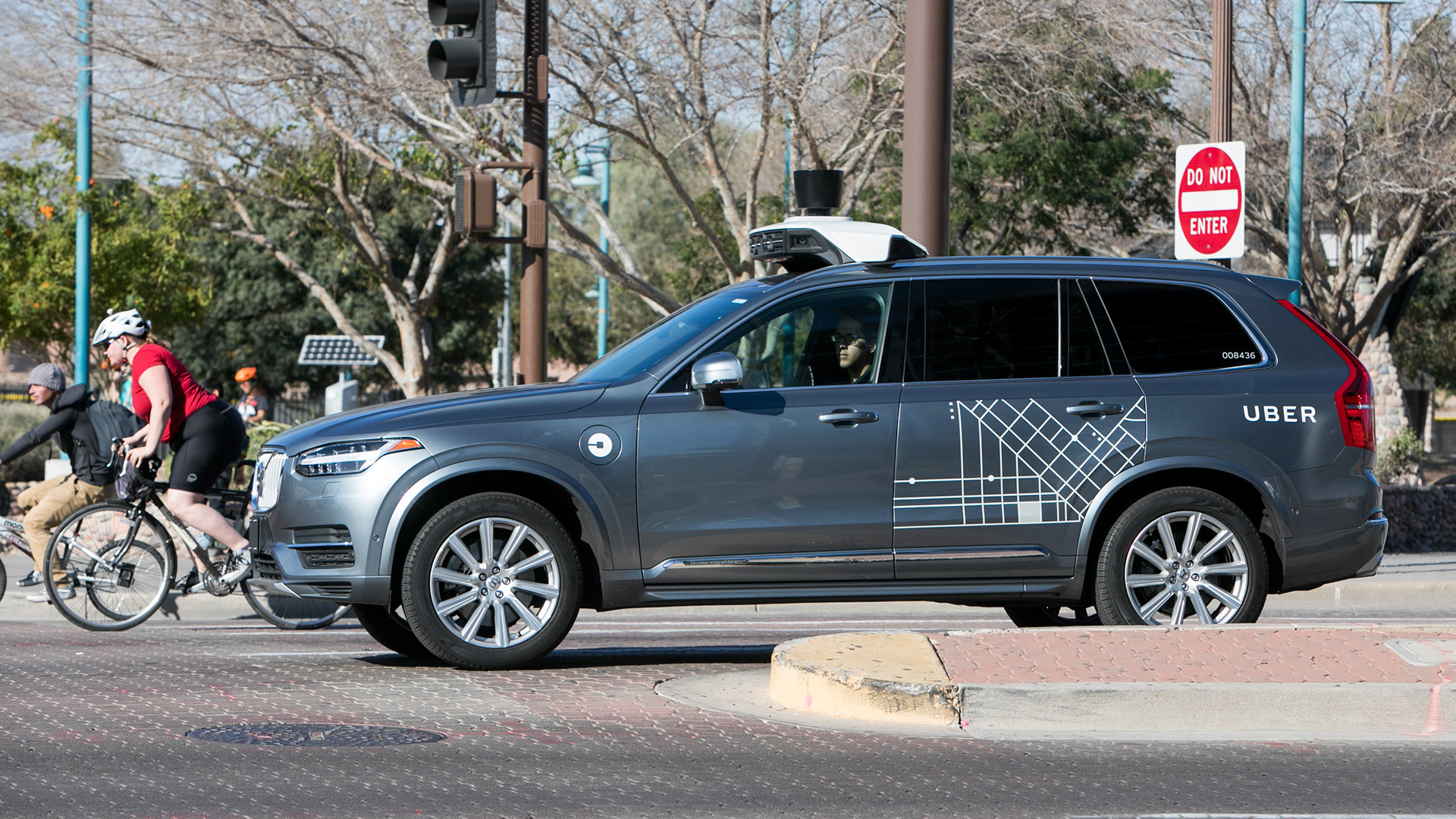

The National Transportation Safety Board has released a preliminary report on the crash of an autonomous Uber vehicle in Arizona that killed a pedestrian in March. According to the report, sensors detected an obstruction in the road a full six seconds before impact, but the vehicle failed to properly interpret and act on this information.
According to data from the self-driving system, the car was traveling at a reasonable 43 mph to impact. “As the vehicle and pedestrian paths converged, the self-driving system software classified the pedestrian as an unknown object, as a vehicle, and then as a bicycle with varying expectations of future travel path,” said the report.

At 1.3 seconds before impact, the system determined that the car and the bicycle were on a collision course and an emergency braking maneuver was required. But since the computer system is still being tested it is programmed to not actually make emergency braking maneuvers to avoid erratic driving behavior in traffic. Instead, the system relies on the vehicle operator to react to situations like this. The operator is expected to be paying attention to the road. The system does not alert the operator when it believes emergency braking is required.
The report confirms what we’ve already seen, that the operator was looking down and not at the road until it was too late. The operator began turning the steering wheel less than a second before impact and did not apply the brakes until afterward. The car’s speed at impact was 39 mph, barely slower than it was traveling when radar and LIDAR first detected an object in the road six seconds before.
The operator told NTSB that she had been looking at the self-driving control interface shortly before the impact, not at her personal or business phones. She says she did not touch either phone until after the crash when she called 911. NTSB is still in the process of gathering data from all of these devices to confirm that this is true.
Elaine Herzberg should not have been where she was and doing what she was doing at the time of the crash. She was jaywalking across a dark road at night. According to the NTSB report, her toxicology test results were positive for methamphetamine and marijuana, while the Uber operator showed no signs of impairment. But even if it took some time for the self-driving system to identify an obstruction in the road and predict its path, why did it not act on this information before it was too late?